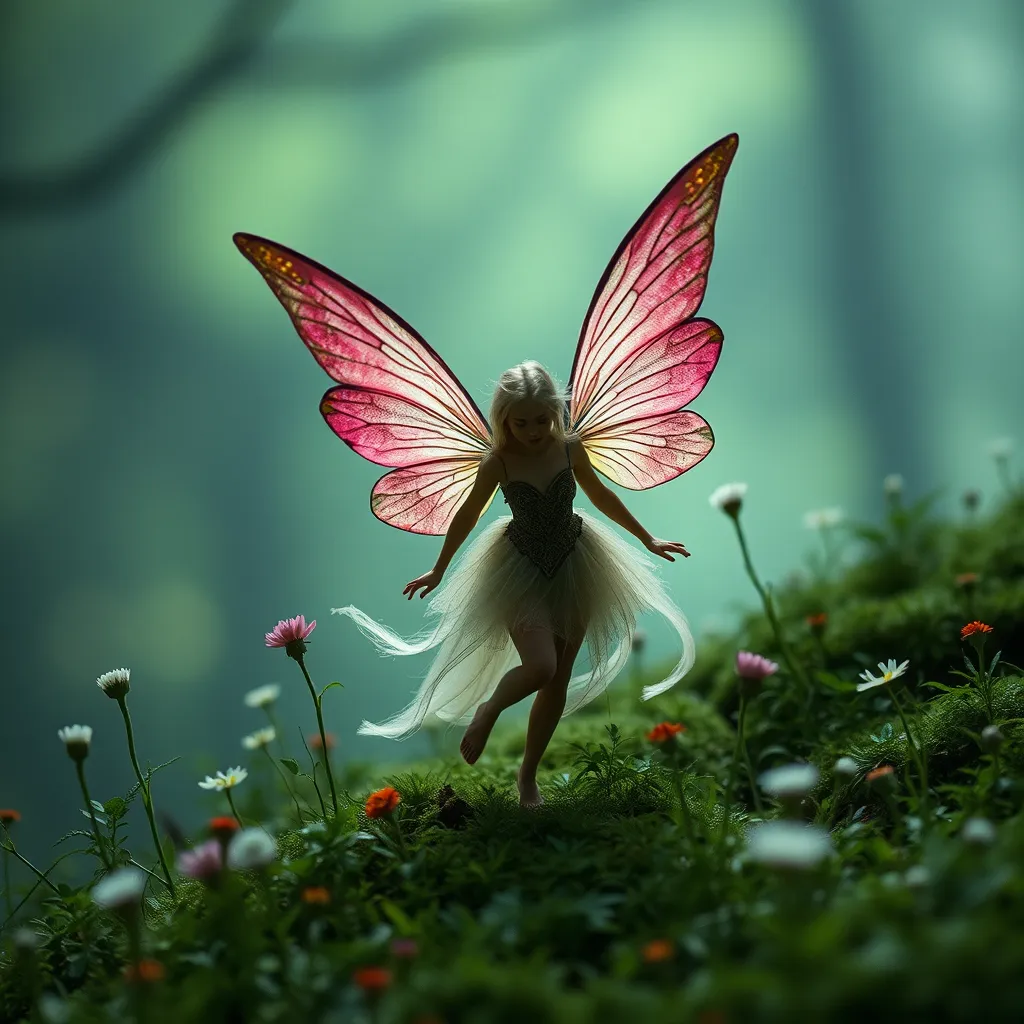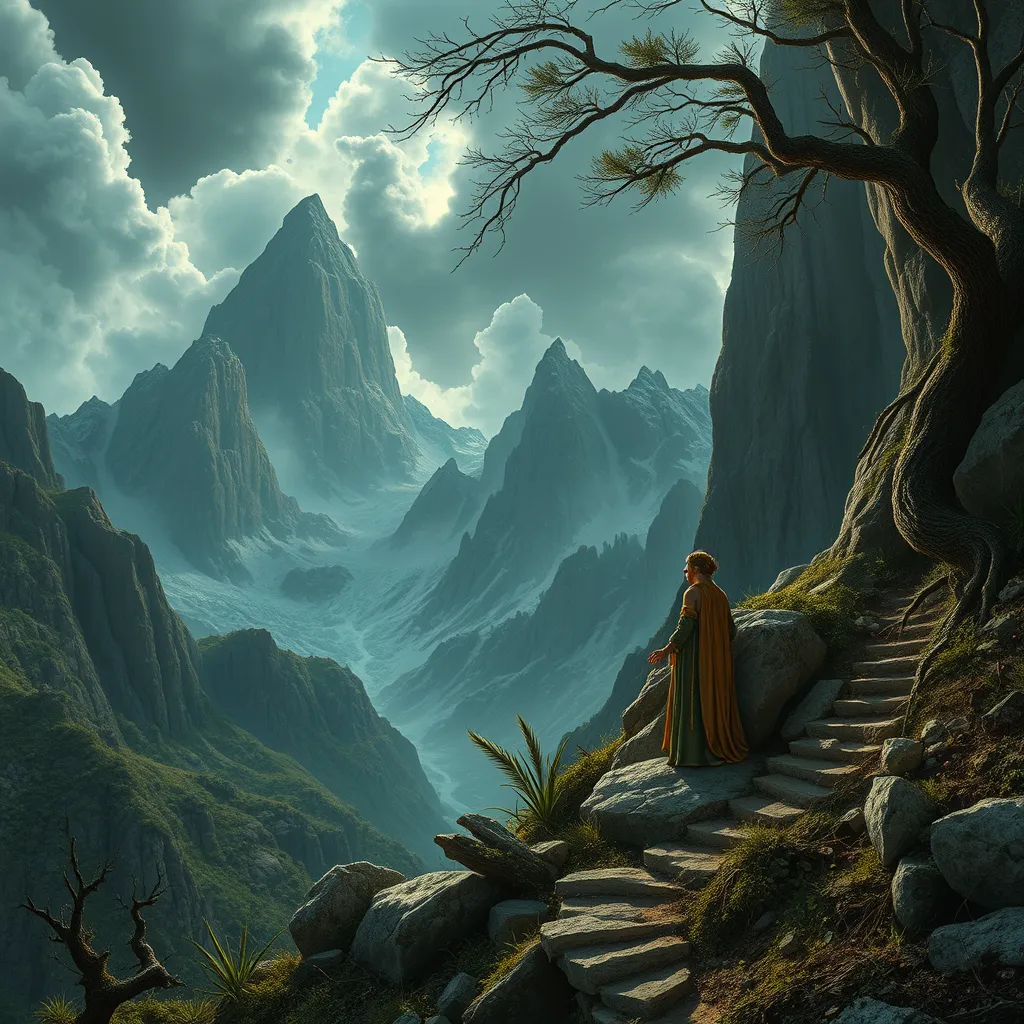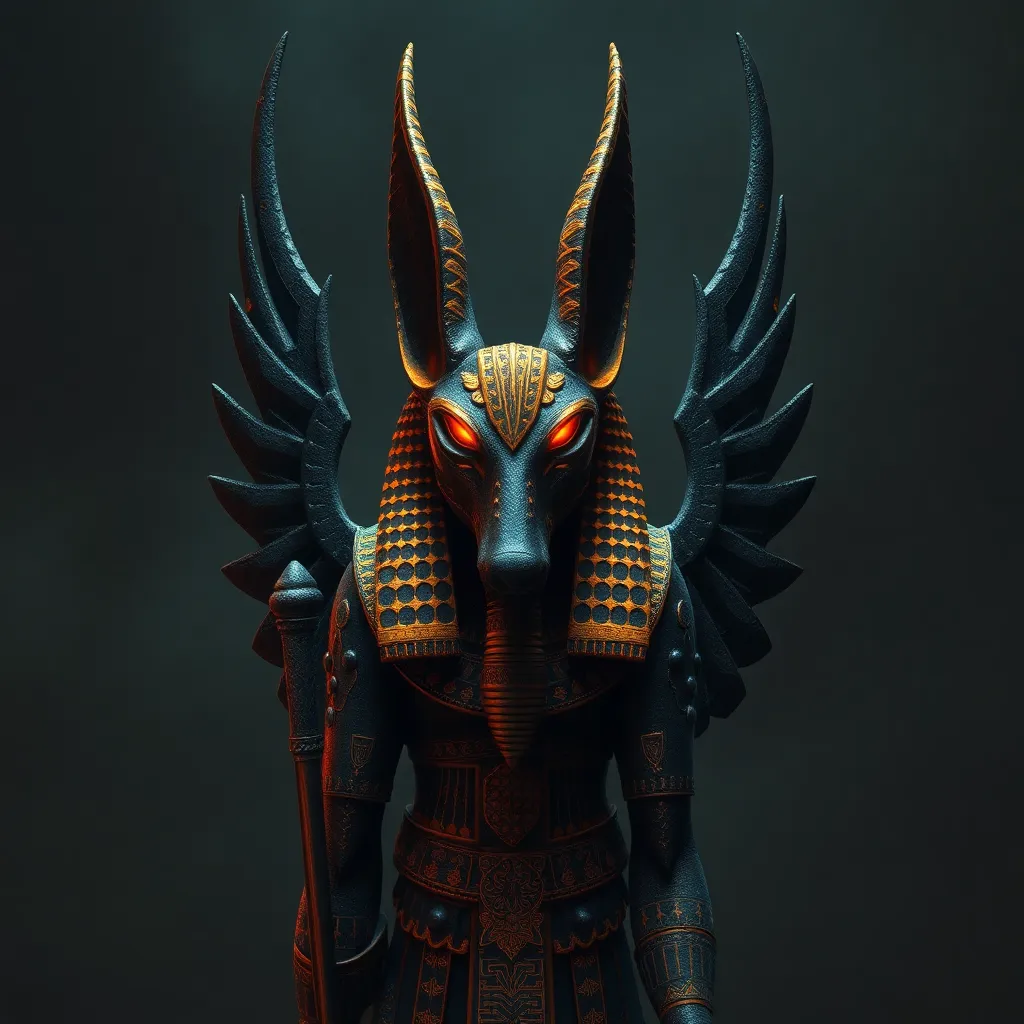Fairies in Film and Television: A Visual Exploration of Fairy Folklore
I. Introduction to Fairy Folklore
Fairy folklore encompasses a rich tapestry of beliefs, stories, and cultural practices centered around supernatural beings known as fairies. These entities are often depicted as magical, ethereal creatures with the power to influence the human world in various ways. The origins of fairy folklore can be traced back to ancient mythologies, with roots in European, Asian, and other cultural narratives.
The significance of fairies varies widely across different societies. In some cultures, fairies are seen as benevolent guardians, while in others, they are perceived as mischievous tricksters. This duality adds depth to their representation in storytelling, allowing for a broad spectrum of interpretations. As societies transitioned from oral traditions to written narratives, the portrayal of fairies evolved, leading to their prominent presence in modern media.
II. The Evolution of Fairies in Early Cinema
The portrayal of fairies in early cinema was heavily influenced by the limitations of the technology available at the time. Silent films often relied on exaggerated performances and imaginative storytelling techniques to convey the presence of fairies. The absence of sound pushed filmmakers to focus on visual elements and body language.
Special effects played a crucial role in bringing fairy characters to life on screen. Techniques such as double exposure, stop-motion animation, and practical effects were employed to create enchanting visuals. Iconic early films featuring fairy characters include:
- A Midsummer Night’s Dream (1905) – One of the earliest adaptations showcasing fairy characters.
- Peter Pan (1924) – A silent film interpretation that introduced audiences to the whimsical world of fairies.
III. Iconic Fairy Portrayals in Animation
Disney’s influence on fairy imagery is perhaps the most significant in modern animation. The studio’s portrayal of fairies has shaped public perceptions and expectations of these mystical beings. Characters like Tinker Bell have become cultural icons, embodying the enchanting yet sassy nature commonly associated with fairies.
Some notable animated fairy characters include:
- Tinker Bell – The quintessential fairy known for her sparkling personality and flight.
- Flora, Fauna, and Merryweather – The three good fairies from Sleeping Beauty who represent different aspects of fairy magic.
The impact of animation style on fairy representation is significant. The use of vibrant colors, fluid movements, and imaginative settings contributes to the portrayal of fairies as ethereal beings. Animation allows for a creative freedom that live-action films often struggle to replicate.
IV. Live-Action Adaptations and Their Interpretations
Live-action films and series have provided a different lens through which to view fairy tales and folklore. Notable adaptations have taken creative liberties, often diverging from traditional representations. Films such as Pan’s Labyrinth, Hook, and The Spiderwick Chronicles offer unique interpretations of fairy characters.
- Pan’s Labyrinth – Presents a darker, more complex view of fairies, blending horror and beauty in its depiction of the fae.
- Hook – Explores themes of nostalgia and loss, with fairies playing a supportive yet whimsical role.
- The Spiderwick Chronicles – Features a diverse array of fairy creatures, each with distinct personalities and characteristics.
These adaptations often highlight the contrast between the enchanting nature of fairies and the complexities of human emotions, depicting fairies as both allies and adversaries.
V. The Role of Fairies in Modern Television
Fairy characters have found a prominent place in popular television shows, often serving as central figures or supporting characters. Series like Once Upon a Time and Merlin explore the rich lore surrounding fairies, intertwining them with other mythical beings.
In Once Upon a Time, fairies are depicted as multifaceted characters with their own struggles and story arcs, moving beyond the simplistic portrayals of traditional fairy tales. Similarly, Merlin incorporates fairy lore into its narrative, portraying fairies as integral to the larger magical world.
The evolution of fairy narratives in modern storytelling reflects changing societal values and the quest for more nuanced representations of female characters and magical beings.
VI. Cultural Variations: Fairies Around the World
Fairies are not confined to one cultural narrative; they appear in various forms across the globe. Comparisons between European and Asian depictions reveal significant differences in characteristics and roles. European fairies are often whimsical and benevolent, while Asian fairies may embody more complex traits, sometimes associated with natural forces.
The influence of cultural backgrounds on fairy narratives in film and television is evident in the diversity of stories presented. For example, the Japanese yōkai and the Irish sidhe reflect distinct cultural beliefs and traditions surrounding supernatural beings. Global representations of fairies in contemporary media continue to evolve, showcasing the rich diversity of fairy lore.
VII. Visual Aesthetics and Cinematic Techniques
The visual aesthetics associated with fairies often include vibrant color palettes, ethereal lighting, and enchanting settings. These elements work together to create a magical atmosphere that captivates audiences. Cinematic techniques play a vital role in achieving this effect.
- Color Palettes – Soft pastels and bright colors are commonly used to evoke a sense of wonder.
- CGI and Practical Effects – The blend of computer-generated imagery and practical effects enhances the realism and magic of fairy worlds.
- Cinematography – Creative camera angles and movements contribute to the enchanting representation of fairy narratives.
VIII. Conclusion: The Lasting Impact of Fairies in Media
The fascination with fairies in film and television endures, reflecting our collective imagination and desire for magic in an increasingly complex world. As storytelling continues to evolve, so too will the portrayal of fairies, adapting to contemporary themes and societal values.
Future trends may explore deeper psychological narratives, integrating fairy lore with modern issues such as identity, belonging, and environmental consciousness. The relationship between folklore and modern storytelling is a dynamic one, ensuring that fairies will remain an integral part of our cultural narrative for years to come.



